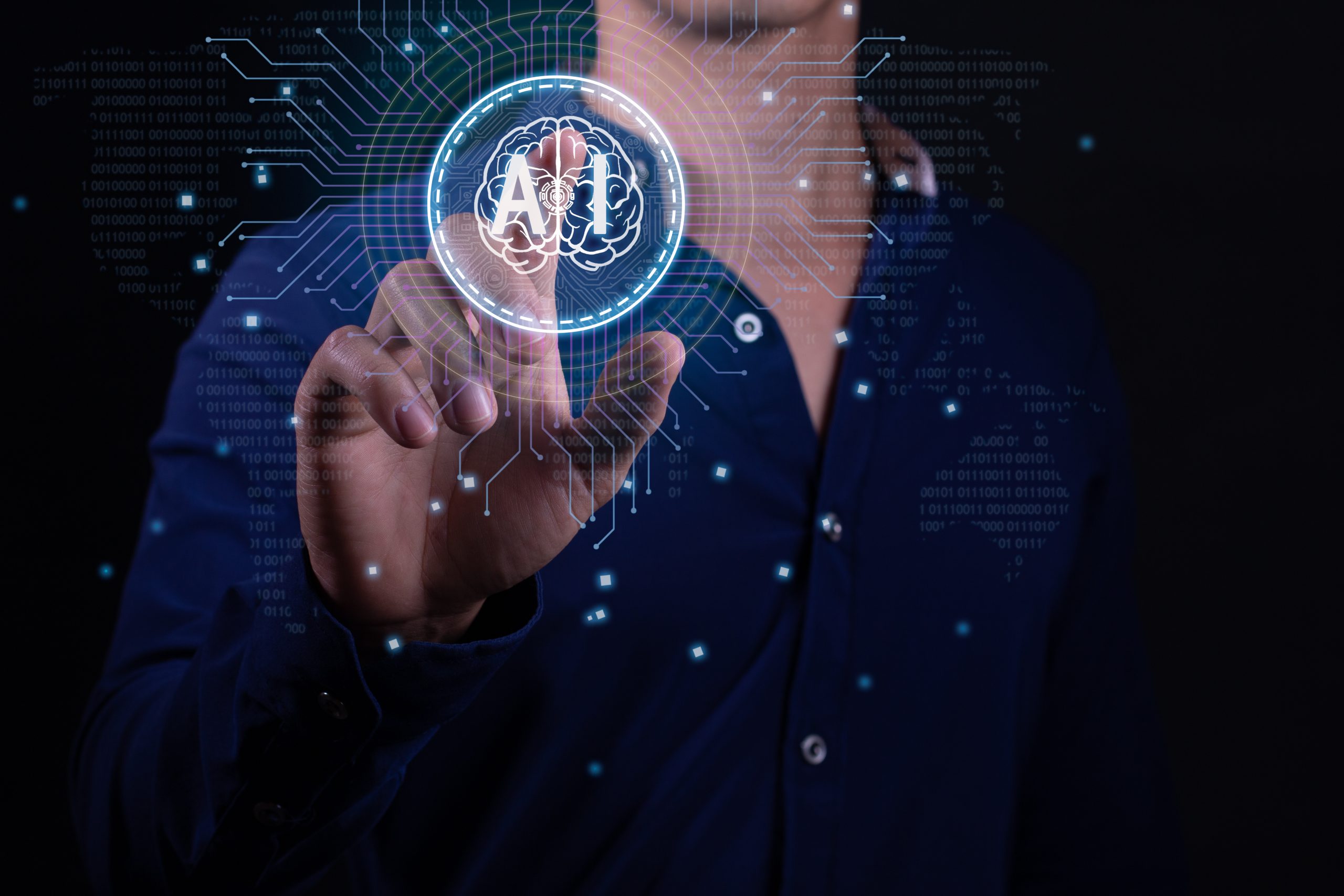
One of the most groundbreaking technological advancements of the digital age, artificial intelligence (AI) has the potential to reshape our perception of reality. Deepfake technology, which can manipulate images, videos, and audio, has made astonishing progress in creating fake realities. But what exactly is deepfake, how does it work, and what kind of world awaits us in the future? As the line between real and fake becomes increasingly blurred, what are the threats and opportunities in this new era? Let’s take a deep dive into this fascinating, yet equally unsettling, technology.
1. What is Deepfake and How Does It Work?
Deepfake is the process of creating highly realistic yet fake content by manipulating existing video and audio using deep learning algorithms. This technology is primarily powered by artificial intelligence systems called Generative Adversarial Networks (GANs). A GAN consists of two AI models—a generator and a discriminator—that compete against each other, continuously improving to produce increasingly convincing synthetic content.
What Can Be Done with Deepfake Technology?
- Highly realistic yet fake videos can be created.
- A person’s face can be seamlessly placed onto another video.
- Voice synthesis can make someone appear to say things they never actually did.
- Historical events or entirely virtual characters can be generated.
While this technology was initially used in entertainment and the arts, its potential for malicious use raises serious ethical and security concerns.
2. Applications of Deepfake Technology
Deepfake technology is used across various industries, bringing both positive and negative implications.
Positive Applications
Film & Media:
- Digitally recreating late actors (e.g., Carrie Fisher’s digital appearance in the Star Wars series).
- Eliminating language barriers in films with AI-generated voiceovers, reducing the need for dubbing.
Education & Historical Reenactments:
- Bringing historical figures to life digitally (e.g., AI-generated lectures by Einstein).
- Creating more interactive and engaging educational content.
Corporate & Commercial Use:
- AI-powered advertising campaigns for brands.
- Unlocking new creative possibilities in art and design.
Negative Applications & Threats
Fake News & Misinformation
- Creating fake speeches of political figures.
- Manipulating public opinion through misleading news content.
Reputation Damage & Cybercrime
- Using deepfake videos for defamation and blackmail.
- Cloning voices for phone scams and fraudulent calls.
Interference in Democratic Processes
- Manipulating elections with deepfake videos.
- Spreading misinformation to fuel social unrest.
Example: In 2019, a deepfake video of Facebook CEO Mark Zuckerberg surfaced, falsely depicting him bragging about controlling all user data. This showcased the alarming potential of deepfake technology.
The Future of AI-Generated Content: What Lies Ahead?
Deepfake and AI-generated content have become an inevitable part of the digital age. So, how will the future of this technology evolve?
Advanced Detection Technologies:
- Major companies like Google and Microsoft are developing AI systems capable of detecting deepfake content.
- Blockchain-based verification systems could help us determine the authenticity of digital content.
Legal Regulations & Ethical Guidelines
- Major economies such as the U.S., the European Union, and China have begun implementing laws to regulate the use of deepfake technology.
- Social media platforms are developing new filtering systems to automatically detect and remove fake content.
AI-Powered Positive Applications
- New creative opportunities could emerge in sectors like art, fashion, gaming, and education.
- Deepfake-supported avatars may become more common in digital worlds like the Metaverse.
But the biggest question remains: In a world where the line between real and fake is completely blurred, how will we ensure access to accurate information?
Individual and Corporate Measures Against Deepfake and AI-Generated Content
For Individual Users:
- Do not share suspicious videos or news without verification.
- Enhance your media literacy and raise awareness about manipulation.
- Seek information from reliable sources and avoid relying on a single source.
For Companies & Organizations:
- Utilize deepfake detection systems and verification tools.
- Provide training to employees on deepfakes and fake content.
- Invest in AI-powered content detection software to protect your brand reputation.
In the future, detecting fake content and developing verification systems will be one of the highest security priorities.
Is a Reality Crisis in the Digital Age Looming?
Deepfake and AI-generated content present both tremendous opportunities and significant risks. While they offer groundbreaking creative possibilities in education, art, and commerce, they also bring risks such as information security issues, election manipulation, and cybercrime. In the future, distinguishing between what is real and what is fake will become even more challenging. Therefore, digital literacy and access to reliable information sources are more crucial than ever.
